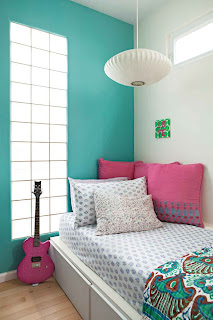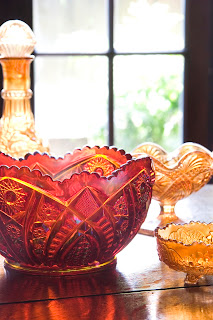The first thing to know is that there are a few different types of expos. There are the weekend shows, which can be cross-country or local, and expo showrooms that have a permanent retail location.
Typically, weekend shows have the latest and greatest products, and offer a one-stop shopping experience. And, because you are working directly with the manufacturer at the weekend shows, you may be able to get a lower price on products and services because retailer overhead is eliminated.
Expo showrooms offer a coordinated buying experience, allowing consumers to work with just a few vendors and/or service providers, rather than a different one for each part of your kitchen project. Moreover, the showrooms often buy in bulk, and thus can pass along the savings.
To make a decision on which is right for you, recognize what your needs are, what designs you’d like to see in person, and what questions you have. Next, do a little prospecting: Check out some Web sites and take a look at a list of vendors that will be showing at the event/showroom, and which professionals will be available to answer your questions as well as any other services they may provide.
What to expect from a kitchen expo:
- Trade professionals to answer your questions
- New product releases and innovations
- Hands-on experience (vendors will have tile samples, color swatches, etc.)
- Free seminars
- First peek at kitchen trends
- A forum to meet and share information/contacts with other consumers
All of these services are available for you to get ideas and buy products for your own home. Consult the National Kitchen and Bath Association’s Web site (nkba.org) to find an expo near you, and you’ll have a chance to see samples of products such as the newest in counter tops and cabinets to transform y our home and add to its appeal. View displays of kitchens, windows, appliances, furnishings and more. Come with ideas, photos and an open mind. At the very least, you’ll leave with inspiration.











